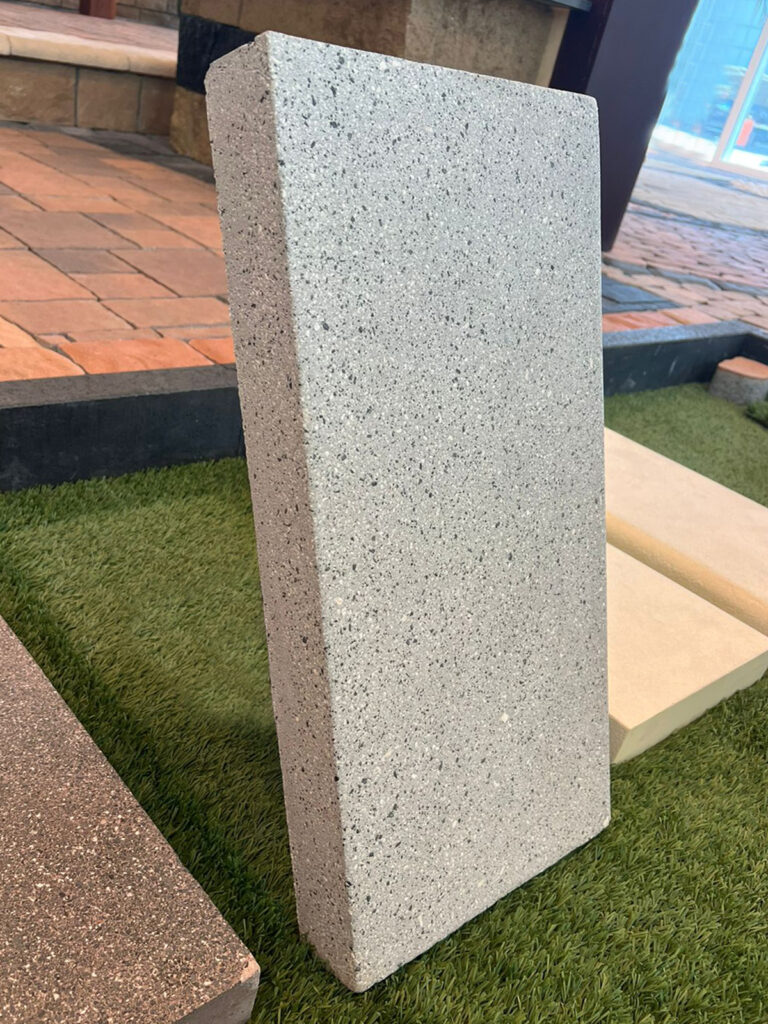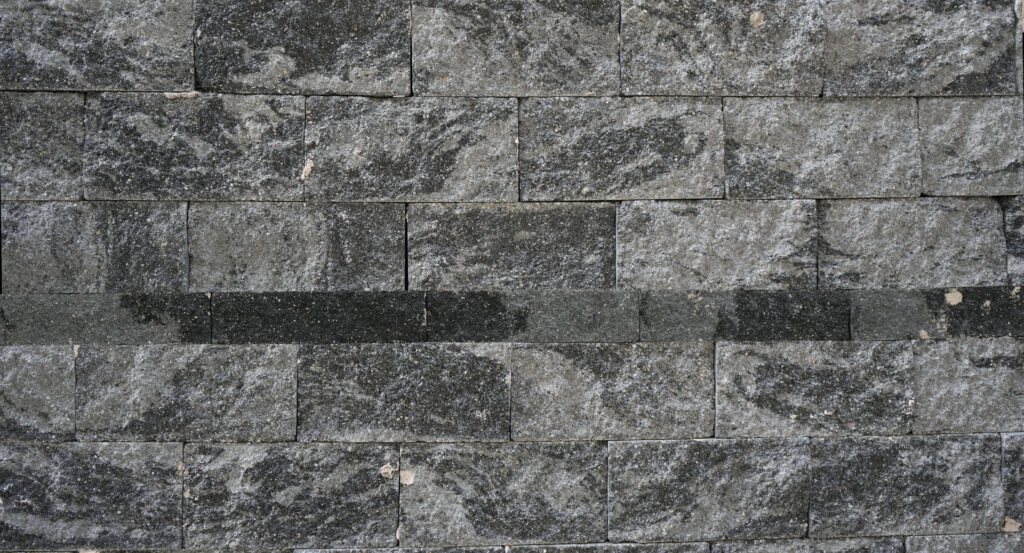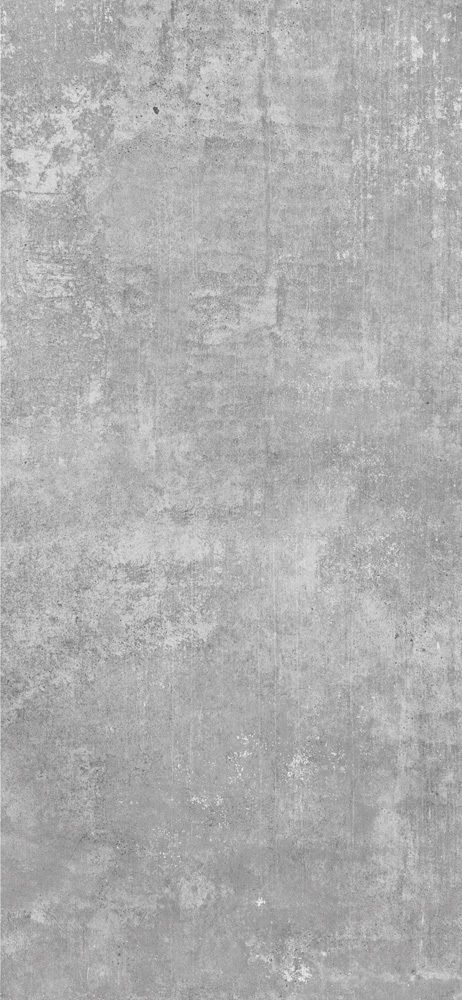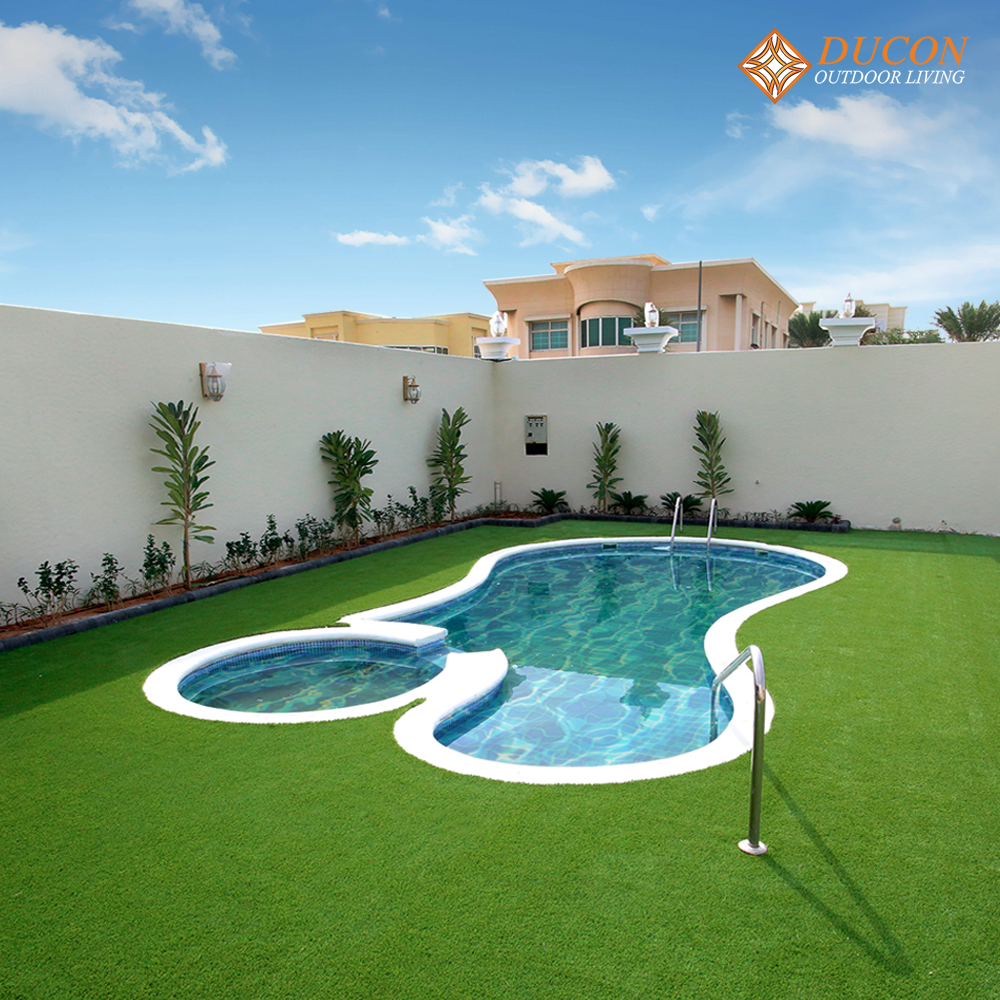Pool pavers and coping are essential elements of any pool area. Not only do they enhance the overall appearance, but they also offer a number of functional benefits.
Firstly, pool pavers and coping provide a non-slip surface, which is important for maintaining safety around the pool area. They also help to prevent water from entering the pool area, which can help to reduce damage and prolong the lifespan of the pool itself.
- In addition to the practical benefits, pool pavers and coping can also add an aesthetic touch to the pool area. They come in a variety of styles, colors, and textures, which can be customized to suit any design preference.
- Another benefit of pool pavers and coping is that they require very little maintenance. They are designed to withstand harsh weather conditions and are resistant to fading, cracking, and chipping.
- Overall, investing in pool pavers and coping is a smart choice for any pool owner. They offer a range of practical and aesthetic benefits that can enhance the look and feel of any pool area while also providing a safe and functional space for swimming and relaxation.
What is Swimming Pool Coping Tiles?

It’s interesting to learn that coping serves a similar purpose in the context of pool design – protecting the upper edge of the pool wall from water damage and adding an attractive decorative edge. In addition to its aesthetic appeal, pool coping also plays an important role in ensuring the safety and functionality of the pool. It provides a non-slip surface for swimmers and creates a smooth transition between the pool and surrounding deck or patio. Coping can also be designed to help control water runoff and prevent erosion around the pool area. Overall, pool coping is an essential element of any inground pool design. It not only adds to the visual appeal of the pool, but also serves important functional purposes that contribute to the safety and enjoyment of swimmers.
Why Pool Coping is Necessary
Pool coping is an essential element of any inground pool design, and for good reason. Here are some of the reasons why pool coping is necessary:
- Protects the pool structure: Coping serves as a protective barrier between the pool’s edge and the surrounding deck or patio. It helps to prevent water from seeping into the pool’s structure, which can cause damage over time.
- Ensures safety: Pool coping provides a non-slip surface that helps to prevent accidents and injuries. It also creates a smooth transition between the pool and surrounding deck or patio, making it easier to get in and out of the pool safely.
- Adds aesthetic appeal: Pool coping comes in a variety of styles, colors, and materials, making it easy to customize the look of your pool area. It can be designed to complement the style of your home and landscape, adding to the overall visual appeal of your outdoor space.
- Reduces maintenance: Coping helps to prevent water from splashing out of the pool, which can lead to erosion and damage to the surrounding deck or patio. This can save you time and money on maintenance and repairs in the long run.
Overall, pool coping is an important component of any inground pool design. It serves multiple functions, from protecting the pool structure to ensuring safety and adding aesthetic appeal. If you’re planning to install an inground pool, be sure to consider the role of coping in your design.
Know Your Options for Pool Coping
Pool coping can be made from a variety of materials, each with its own unique characteristics and design options. Ultimately, the choice of pool coping material will depend on your design preferences, budget, and maintenance requirements. Whether you choose tile, brick, stone, cement, composite, or, pool coping is an important element of any pool area that adds both functionality and style.
- Pool Designs
- Landscape Designs
Pool Coping Inspiration Ideas
Pavers

Pavers come in a wide range of colors, sizes, shapes, and patterns, making it easy to customize the look of your pool area. You can create a natural or elegant look depending on the type of pavers you choose. Pavers are relatively easy to install and can be done by a professional or even a skilled DIYer.
Natural Stones

They offer a beautiful and unique look with a range of colors and textures to choose from. In addition to their aesthetic appeal, they are also very durable, slip-resistant, and heat-resistant, making them a safe choice for pool edges. However, I do understand that they can be expensive and require regular maintenance to keep them looking their best. Overall, I think natural stones are a premium choice that can add value and elegance to any pool area.
Brick
Brick is a timeless and classic choice for swimming pool coping tiles. Its warm colors and rectangular shape can create a very traditional or rustic look for the pool edge. In addition to its aesthetic appeal, it is also very durable, easy to install, and relatively affordable. However, I do understand that over time it may become damaged, chipped, or cracked. This can be prevented by proper maintenance and sealing. Overall, I think brick is a great option for those looking for a traditional and affordable pool coping material.
Concrete

Concrete is a very popular and versatile material for pool coping. It can be molded into various shapes and sizes, making it very customizable. In addition, it can be smooth or textured, colored or stained, patterned or plain, giving it a lot of design options. However, I do understand that concrete coping can absorb the sun’s energy, making it uncomfortable to walk on with bare feet. Despite these potential issues, concrete is a durable, easy-to-maintain, and affordable option for those looking for a versatile pool coping material.
If you have an inground pool, then pool coping is an essential part of its design and maintenance. Its benefits include protecting the pool wall, directing water flow, improving safety, reducing debris, providing access to maintenance components, enhancing appearance, and improving usability. You have a variety of materials to choose from when it comes to pool coping, such as concrete, pavers, natural stones, brick, and more.
Additionally, pool coping can be styled in several ways like bullnose, eased, cantilevered, etc. The cost of pool coping may vary depending on factors such as the type of material used, the size of the pool, the complexity of the design, and labor involved. Regular cleaning, sealing, and repairing is necessary for the upkeep of pool coping, ensuring it remains in good shape and free from damage. We hope this guide has provided useful information on pool coping, including its importance, how to select it, how to install it, how much it costs, and how to maintain it.
